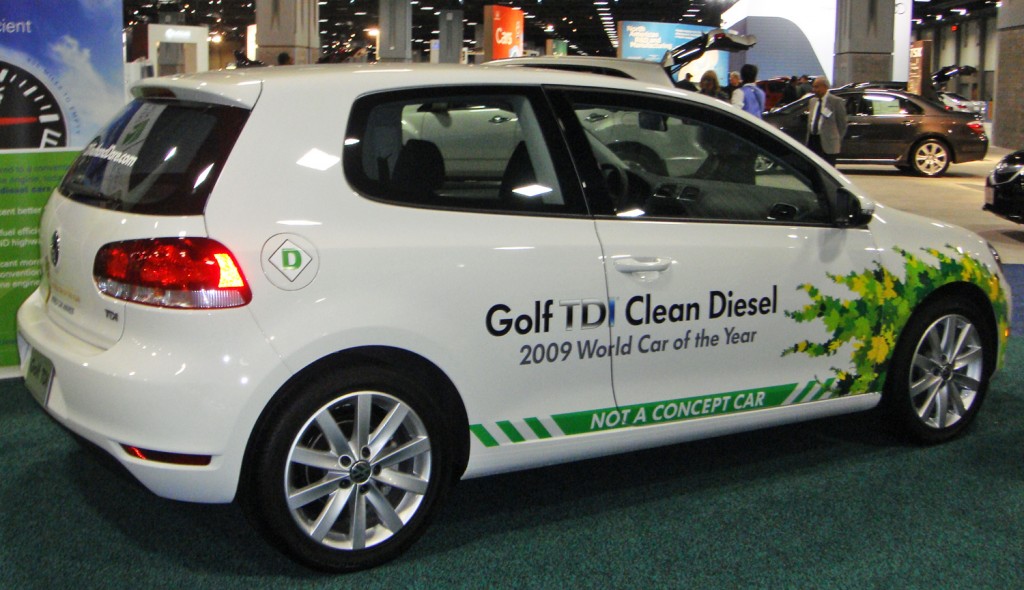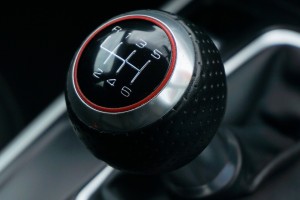
Most racing events that are held are composed of street cars that you were once bought a dealership and converted and enhanced into track ready machines. The EPA is trying to put a stop to this. Once converted, these cars will be strictly put to use on the track and will not see the streets, legally anyway. This new ban that is trying to be passed would put restrictions on every type of car, whether it’s a sports car, 4 door family car, or super car. You name it, and it falls under the “ban” category. It has nothing to do with safety, because believe it or not, purpose built race cars that once started as a street car are safer than the actual production car. It is because of emissions. The EPA doesn’t want people tampering with the factory exhausts that must meet their emission regulations. The proposed bill states that all cars must keep their original emission control devices in place and are not swapped or changed in any way. This all falls back to The Clean Air act. So, even though the car would not be driven on the streets after the “race car” conversion, it must meet the requirements that a normal street car would. Not only could they ban race car conversions, but they could also go one step further and prohibit the sale of products that can reconfigure the emission control devices within the car.
“the Clean Air Act does not allow any person to disable, remove, or render inoperative (i.e., tamper with) emission controls on a certified motor vehicle for purposes of competition.”
Above is a statement from the EPA’s Clean Air Act.
This has not gone into affect and is still unclear whether it will or not. An updated statement from the EPA pertaining to this is to be expected in July 2016.
Things that would affect this new ban and would be made illegal:
- removing catalytic converters
- remapping a cars tune
- performance exhaust
Along with many more things.
Racing series that would be affected:
- Formula Drift- This is the pro level of drifting in the U.S. The cars that these drivers use all start out as production cars and go under a major overhaul to turn them into the track ready cars they are with many performance modifications that would be made illegal with this ban.
- Rally Cross/ Rally- Like Formula Drift, these cars start out as production cars as well and go under major modifications in order to make them more suitable and competitive for the conditions that Rally drivers drive in.
- Any Weekend Track Day Driver- This ban on emission affecting parts would really put a damper on the weekend enthusiast who goes out to the track and races their car. If the owner wanted to squeeze a little more power out of their car to make it more fun and faster to drive, the ban would prohibit them from doing that.
Without performance enhancing parts, racing would become very stale very fast. There would be nothing to differentiate one production car from another that is the same make and model. It would very much limit the kinds of things people would and could do to their car to separate it from the next person who walked into a dealer and bought the same car. All we can do is wait for the EPA to release another state in the coming months and hope they don’t go through with it.
Sources:
http://jalopnik.com/is-the-epa-trying-to-ban-the-conversion-of-street-cars-1758013542
http://www.autoblog.com/2016/02/09/epa-illegal-modify-car-racing-sema-official/

